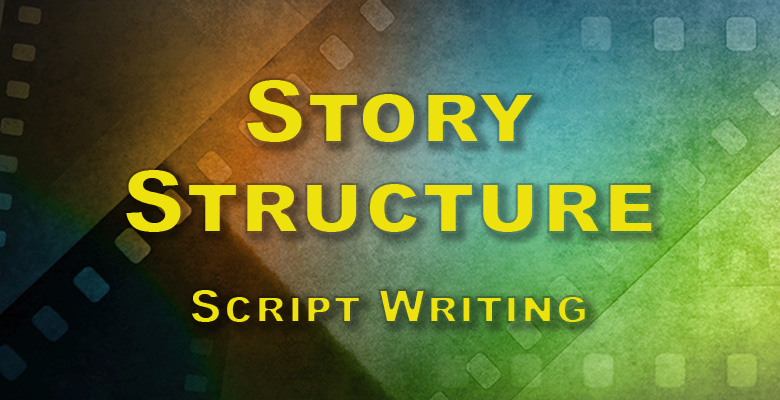The protagonist is one of the most fundamental and central elements in storytelling. Here’s a breakdown of what you might want to know:
Definition:
The protagonist is the main character of a story, the one around whom the narrative revolves. They often drive the plot forward with their decisions, actions, and conflicts.
Characteristics:
- Central Role: The story mainly focuses on the protagonist’s journey, struggles, and development.
- Growth and Development: Over the course of the story, protagonists often undergo significant personal growth or change.
- Relatability: While not always the case, many protagonists are crafted in a way that allows readers or viewers to identify or sympathize with them.
- Active Role: They often take action that moves the plot forward, whether that’s seeking something, trying to resolve a problem, or facing challenges.
- Flaws and Strengths: To make them realistic and relatable, protagonists usually have a mix of strengths and flaws.
Functions in a Story:
- Drive the Plot: Their desires, decisions, and actions often serve as the main driving force behind the story’s events.
- Engage the Audience: Readers or viewers are typically meant to connect with the protagonist, rooting for them or hoping for their success.
- Represent Themes: The protagonist’s journey can serve as a reflection or embodiment of the story’s central themes or messages.
- Face Conflict: Protagonists are often faced with both external (e.g., a villain, nature, society) and internal (e.g., their own fears, desires, or flaws) conflicts.
Variations:
- Anti-hero: A protagonist who lacks typical heroic qualities and might have morally ambiguous traits. Despite their flaws or because of them, they can still be compelling characters.
- Byronic Hero: A type of anti-hero who is brooding, passionate, and often rebellious.
- Reluctant Hero: A protagonist who doesn’t seek heroism but is thrust into it, often due to circumstances beyond their control.
- Tragic Hero: A heroic protagonist who is doomed to suffer, often because of a flaw or fate. Their downfall is an essential part of the story.
Relation to Other Characters:
- Antagonist: This is the character or force opposing the protagonist. The conflict between the protagonist and antagonist is often central to the plot.
- Supporting Characters: These characters can be friends, mentors, or family members who help or hinder the protagonist on their journey.
Considerations for Creating a Protagonist:
- Backstory: What experiences shaped them? How did they become who they are at the story’s start?
- Motivations: What do they want? What drives them to take action?
- Character Arc: How will they change or grow over the course of the story? This is crucial for creating depth and evolution in the character.





